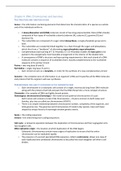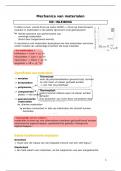Essay
BTEC Level 3 IT Unit 17 2D and 3D Graphics Assignment 1 / Distinction
- Module
- Unit 17 2D and 3D Graphics
- Institution
- PEARSON (PEARSON)
On this assignment done for unit 17 i have gone in extreme details to cover every part of the assignment and have received a distinction grade!! The points on the assignment covered include: - P1 - Explain the purposes and legal considerations for different digital graphic products - P2 - Explai...
[Show more]












